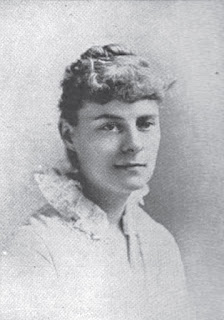$30 - $40 (based on 2020 prices)
Makes ten bags
The events of 2020 dampened most of the Halloween festivities throughout the world, with some cities canceling the holiday entirely and others putting curfews and other limitations on the celebration. In my Colorado town, a ten-o’clock curfew resulted in only a few decorated yards and even fewer trick-or-treaters. To spread a little Halloween joy, I made these treat bags to distribute among my neighbors’ children.
- An assortment of one-hundred pieces of candy
- Ten quart-size freezer bags
- Three to four yards of burlap
- Four to five yards of twine
- Ten random plastic insects or animal skeletons
- Two blank sheets of brown cardstock
- Ten safety pins
1. Evenly divide the candy among the ten freezer bags and then fill each one with the loot. As you seal the bags, ensure you press out all of the air to make the wrapping process more manageable. Although I did ten pieces for each bag and provided a range of different treats, you can add more ore less (how much you elect to put in each one and the varieties you decide to include are entirely up to you).
2. Cut the burlap into ten 12” x 12” squares. You want enough fabric to amply cover the bags, so you may need to increase this size if you are more generous with your portions. Also, do not worry if the edges are uneven. This will only enhance the creepiness.
3. Cut the twine into ten eighteen-inch sections. You want the string long enough to securely tie the sacks closed and have enough excess to make it easy for the children to untie, so you may need to adjust the length if your bags end up larger than mine.
4. Center the freezer bag on the burlap, fold its edges upward, and use the twine to bind the bundle. Here, too, do not stress over making each package perfect. You want them to look rustic and somewhat disheveled.
5. Hot glue your assortment of insects and animal skeletons to the bags. During this step, it is important to position the items so they are above heavy folds to prevent the glue from melting the plastic bags and their contents.
6. Trace tag templates onto brown cardstock, cut them out, and punch holes into them. To streamline the process, you can purchase prefabricated tags from a crafting store.
7. Write the potion ingredients onto the tags with a marker. For an alternate version, you could write spooky greetings, Halloween-themed poems, or magical spells.
8. Use safety pins to attach the tags to their corresponding bags. If you are worried about children hurting themselves with the pins, use a strand of twine to secure the tags to the sacks.
9. The bundles can be enhanced in a variety of ways to fulfill your needs. For instance, numbers can be written on the bottoms to make them part of a raffle at a carnival or candy can be substituted for toys to transform the items into party favors.




















































